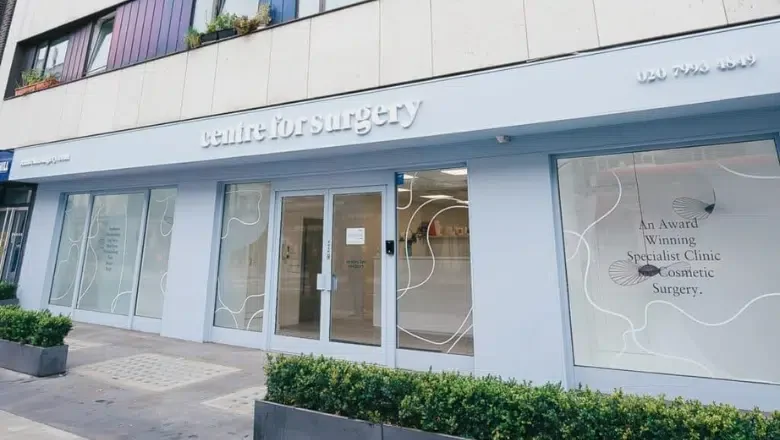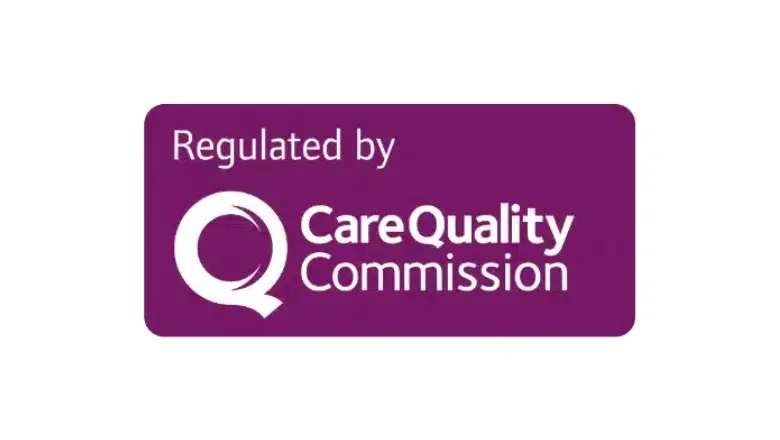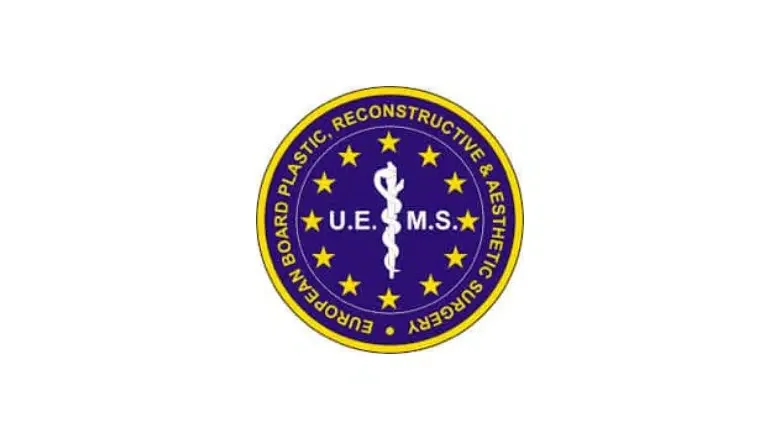When Will Swelling Go Down After BBL?
Embarking on the journey of a Brazilian butt lift (BBL) surgery can be a transformative experience for those desiring a more pronounced and shapely figure. This advanced cosmetic procedure, expertly conducted by the professional plastic surgeons at Centre for Surgery, involves the strategic relocation of fat from different parts of the body to the buttocks. The result is a notable enhancement in both the contour and volume of the buttocks.
Patients often ponder the path to recovery, particularly the management of post-surgical swelling. In this detailed exploration, we delve into the stages of swelling following a BBL procedure and offer practical advice for effectively reducing and handling swelling post-operation in London, UK.
RELATED: Recovery After Brazilian Butt Lift (BBL) – Top Tips
How to Minimise Bruising and Swelling After Brazilian Butt Lift Surgery
Undergoing a Brazilian Butt Lift (BBL) is a significant decision for those seeking to enhance their figure. While the results can be transformational, it’s important to understand and effectively manage the common post-operative symptoms such as bruising and swelling.
RELATED: Brazilian Butt Lift (BBL) Week-By-Week Recovery Timeline
Understanding the Healing Process
After a BBL procedure, the body goes through a natural healing process. Bruising and swelling are part of this process, resulting from the body’s response to surgery and the repositioning of fat cells. It’s essential to recognize that these symptoms are normal and temporary.
- Bruising: Caused by the manipulation of tissue and blood vessels during surgery.
- Swelling: A result of the body’s inflammation response to heal the treated areas.
Immediate Post-Surgery Care
The first 24 to 48 hours post-surgery are crucial for setting the stage for a successful recovery.
- Rest and Hydration: Ensure ample rest and stay well-hydrated to support the body’s healing mechanisms.
- Cold Compresses: Applying cold compresses (not directly on the treated area) can help reduce swelling in the initial stages.
Use of Compression Garments
Wearing a compression garment as your surgeon recommends is vital for minimising swelling and supporting the new contours of your buttocks.
- Proper Fit: Ensure the garment fits snugly but is not excessively tight.
- Duration of Use: Typically, compression garments are worn for several weeks after surgery, as your surgeon has advised.
Dietary Considerations
What you eat plays a crucial role in your recovery process.
- Reduce Salt Intake: High sodium foods can exacerbate swelling.
- Increase Protein: Protein-rich foods aid in tissue repair and recovery.
- Stay Hydrated: Drinking plenty of water helps reduce swelling and flush out toxins.
Medications and Supplements
Your surgeon may prescribe medications to manage pain and reduce the risk of infection. Additionally, certain supplements can aid in recovery.
- Follow Prescription Guidelines: Take all prescribed medications as directed.
- Supplements: Some supplements, like Arnica Montana and Bromelain, are known to reduce bruising and swelling. Consult your surgeon before taking any supplements.
Physical Activity and Movement
While rest is important, gentle movements are crucial for preventing blood clots and promoting circulation.
- Avoid Strenuous Activities: High-impact activities should be avoided for the first few weeks.
- Gentle Walking: Short, gentle walks can be beneficial in the early stages of recovery.
Sleeping and Sitting Postures
The way you sleep and sit after a BBL can significantly impact the recovery process.
- Avoid Direct Pressure: Avoid sitting directly on your buttocks for the recommended period post-surgery.
- Sleeping Position after BBL: Sleeping on your stomach or side is advisable to avoid pressure on the buttocks.
Hygiene and Wound Care
Maintaining cleanliness and proper wound care is essential for preventing infections and promoting healing.
- Gentle Cleaning: Keep the incision sites clean and dry.
- Follow Wound Care Instructions: Adhere to any specific instructions your surgeon provides for wound care.
Monitoring and Managing Complications
Be vigilant for any signs of complications and communicate regularly with your surgeon.
- Watch for Warning Signs: Increased pain, excessive swelling, or signs of infection should be promptly reported to your surgeon.
- Regular Follow-ups: Attend all scheduled post-operative appointments for proper monitoring of your recovery.
Long-Term Care and Maintenance
Even after the initial recovery phase, long-term care is important for maintaining the results of your BBL.
- Healthy Lifestyle: Maintain a stable weight and adopt a healthy lifestyle to preserve the results of your surgery.
- Regular Check-ups: Regular follow-ups with your surgeon can help address any concerns and ensure the longevity of the results.
RELATED: How to Maintain BBL Results: 5 Top Tips To Conserve Your Curves
What to avoid after BBL
After undergoing a Brazilian Butt Lift (BBL), it’s crucial to understand and adhere to specific restrictions to ensure optimal healing and maintain the integrity of the results. Here are the key activities and habits to avoid following a BBL procedure:
Sitting Directly on Your Buttocks
- Duration: Typically, you should avoid sitting directly on your buttocks for at least two to six weeks post-surgery.
- Reason: Sitting can put pressure on the fat grafts and affect their survival.
Strenuous Physical Activities
- Types of Activities: This includes heavy lifting, high-impact exercises, and vigorous sports.
- Timeframe: Avoid these activities for at least six to eight weeks or as advised by your surgeon.
- Reason: Strenuous activities can increase swelling and disrupt the healing process.
RELATED: When Can You Workout After BBL?
Smoking and Alcohol Consumption
- Avoidance Period: Refrain from smoking and consuming alcohol for a few weeks before and after the surgery, as per your surgeon’s advice.
- Impact: Smoking can impair circulation and healing, while alcohol can increase swelling and bleeding risks.
Wearing Tight Clothing
- Types of Clothing: Avoid tight or restrictive garments that may compress the treated areas.
- Reason: Tight clothing can interfere with blood flow and affect the fat graft survival.
Sleeping on Your Back
- Alternative Positions: Preferably sleep on your stomach or side.
- Duration: Avoid sleeping on your back for the first few weeks post-surgery.
- Purpose: This helps to avoid putting pressure on the buttocks.
Exposure to Excessive Heat or Sun
- Avoidance: Steer clear of hot tubs, saunas and prolonged sun exposure for several weeks.
- Reason: Heat can increase swelling and may cause discomfort.
Neglecting Post-Operative Care Instructions
- Importance: Follow all post-operative care instructions provided by your surgeon, including wearing compression garments and attending follow-up appointments.
- Consequence: Neglecting these instructions can lead to complications and suboptimal results.
Certain Foods and Beverages
- Foods to Avoid: High-sodium foods, processed foods, and excessive caffeine.
- Impact: These can exacerbate swelling and negatively affect overall health.
Rushing the Recovery Process
- Patience is Key: Allow your body the time it needs to heal properly.
- Risk: Pushing yourself too quickly can lead to complications and hinder your recovery.
Neglecting Hydration and Nutrition
- Dietary Needs: Ensure adequate hydration and a balanced diet rich in vitamins and proteins to support healing.
- Impact: Proper nutrition is crucial for recovery and maintaining the results.
Ignoring Your Body’s Signals
- Attention to Symptoms: Pay attention to your body. If you experience unusual pain, excessive swelling, or any signs of infection, contact your surgeon immediately.
- Importance: Early detection of potential complications can make a significant difference in your recovery process.













